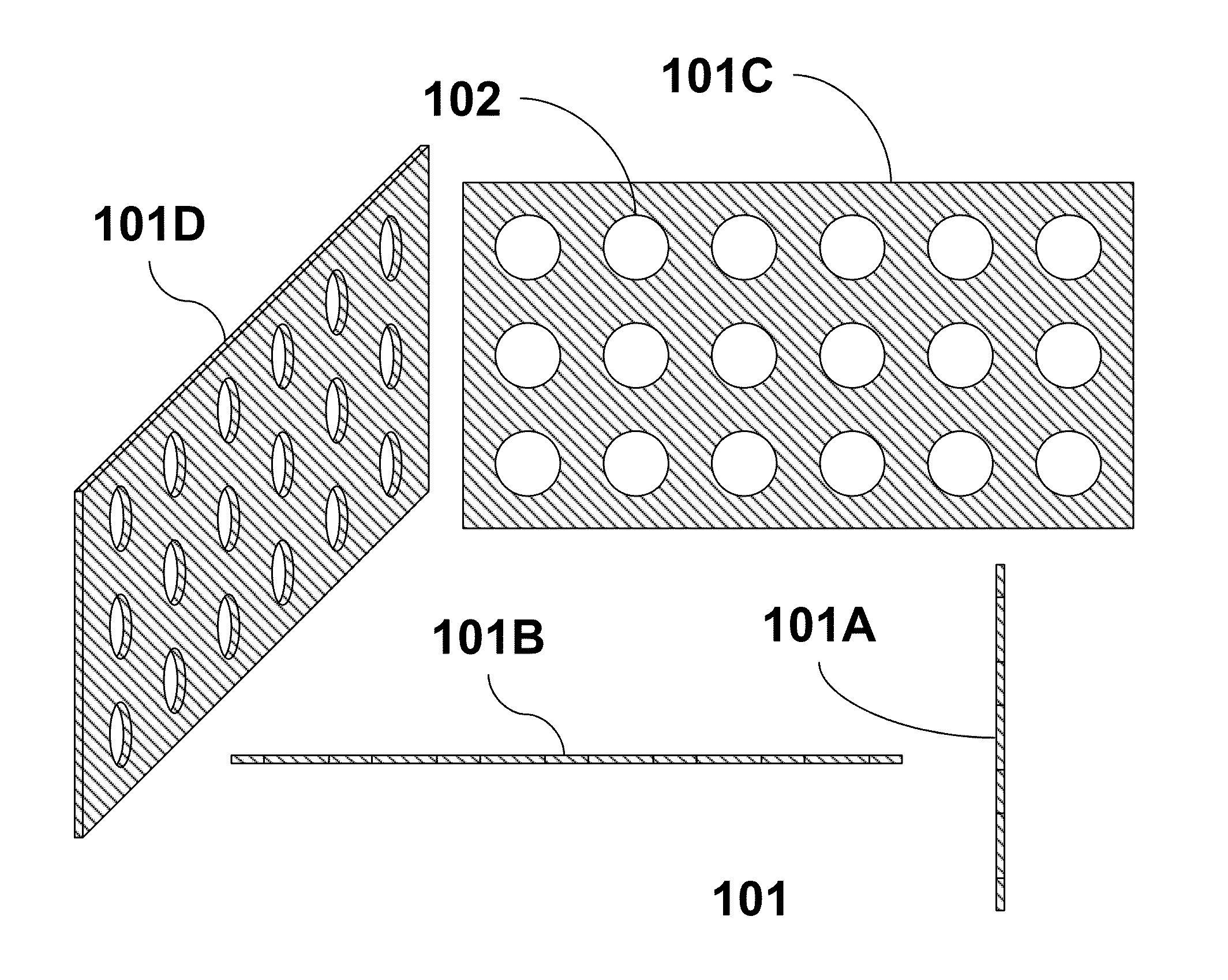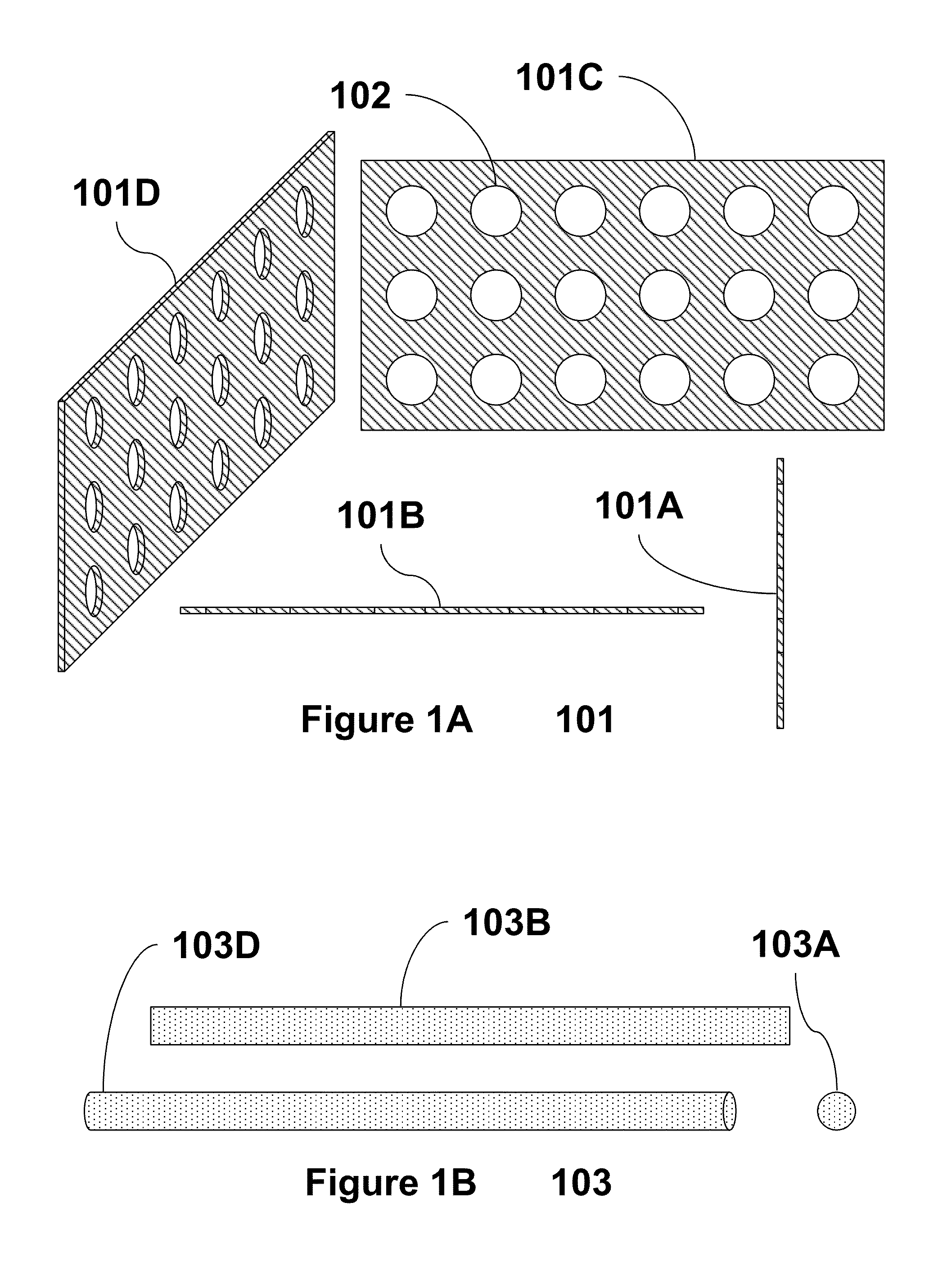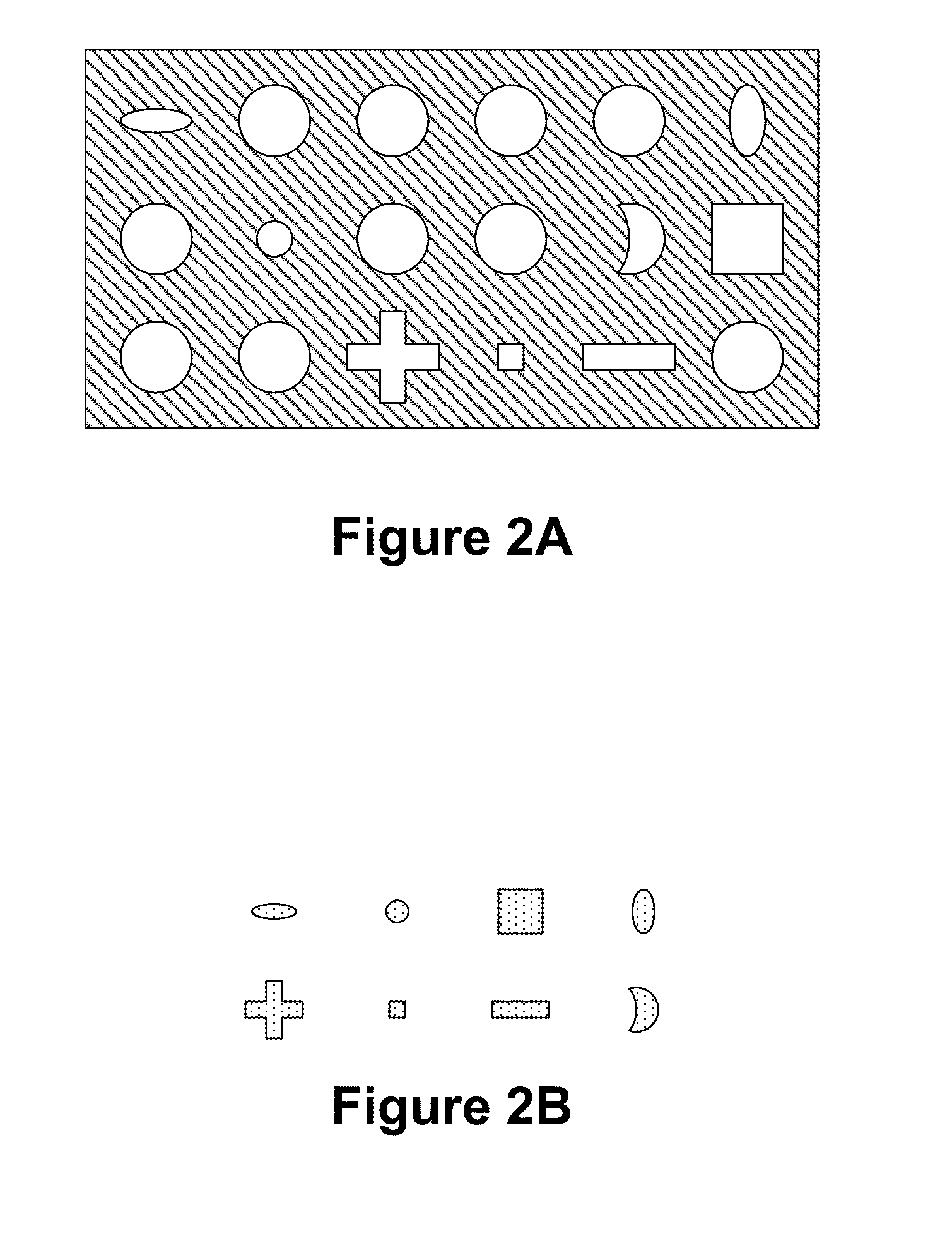Part solid, part fluid and flow electrochemical cells including metal-air and li-air battery systems
a technology of fluid electrochemical cells and electrochemical cells, applied in the direction of electrochemical generators, cell components, indirect fuel cells, etc., can solve the problems of major scale up problems, limited 3-dimensional design of batteries, and inability to meet the needs of large-scale applications, so as to increase the safety and/or performance of batteries
- Summary
- Abstract
- Description
- Claims
- Application Information
AI Technical Summary
Benefits of technology
Problems solved by technology
Method used
Image
Examples
example 1
Industrial Applications
[0288]Worldwide, there are ever-growing demands for electricity. At the same time, there is an increasing push to harness reusable sources of energy to help meet these increasing electricity demands and offset and / or replace traditional carbon-based generators which continue to deplete natural resources around the world.
[0289]Many solutions have been developed to collect and take advantage of reusable sources of energy, such as solar cells, solar mirror arrays, and wind turbines. Solar cells produce direct current energy from sunlight using semiconductor technology. Solar mirror arrays focus sunlight on a receiver pipe containing a heat transfer fluid which absorbs the sun's radiant heat energy. This heated transfer fluid is then pumped to a turbine which heats water to produce steam, thereby driving the turbine and generating electricity. Wind turbines use one or more airfoils to transfer wind energy into rotational energy which spins a rotor coupled to an el...
example 2
Electrochemical Cells
[0308]Many scientists have been working on the chemistry of batteries. This example describes a new configuration for the electrodes that can be used for any chemistry, including anode, cathode and electrolyte, which can result in higher power / energy density batteries, faster batteries, lighter batteries, cheaper batteries, and more durable batteries.
[0309]In designing the most historically successful industrial batteries, the lead-acid battery configuration played a key role. Plante's and Faure's changes of the configurations resulted in the commercialization of lead-acid battery which has been the dominant battery for more than a century.
[0310]The new configuration described here can be used for primary and secondary batteries. It can transform primary batteries to secondary batteries and it can provide better cyclability and safety for secondary batteries. As an example, the new configuration can be used for primary and secondary lithium batteries. Lithium me...
example 3
Lithium Batteries
[0314]This example focuses on lithium batteries. A great degree of attention has been devoted to rechargeable Lithium batteries in the past few years, but still there are many unknowns that should be scrutinized. Here, a new configuration of the electrodes is described. As an example a Li-metal anode is considered. Lithium metal used as an anode active material has a very high theoretical capacity of 3860 Ah / kg, which is the highest among metallic anode materials. In addition, the standard electrode potential of lithium is high (−3.045V vs SHE). This makes lithium metal a very attractive anode material.
[0315]Because of safety problems, a safer lithium cell, the lithium ion cell, was developed and is now commercially available. Currently Li-metal anodes are only used in primary lithium batteries. They can't be used in rechargeable cells due to the lithium dendrites that form on the lithium metal anode in the recharging process. The dendrites make shorts between the o...
PUM
| Property | Measurement | Unit |
|---|---|---|
| porosity | aaaaa | aaaaa |
| electrochemical oxidation/reduction potential | aaaaa | aaaaa |
| thickness | aaaaa | aaaaa |
Abstract
Description
Claims
Application Information
 Login to View More
Login to View More - R&D
- Intellectual Property
- Life Sciences
- Materials
- Tech Scout
- Unparalleled Data Quality
- Higher Quality Content
- 60% Fewer Hallucinations
Browse by: Latest US Patents, China's latest patents, Technical Efficacy Thesaurus, Application Domain, Technology Topic, Popular Technical Reports.
© 2025 PatSnap. All rights reserved.Legal|Privacy policy|Modern Slavery Act Transparency Statement|Sitemap|About US| Contact US: help@patsnap.com



